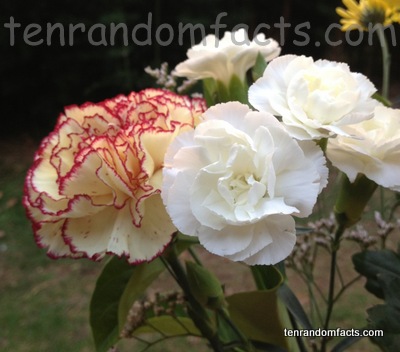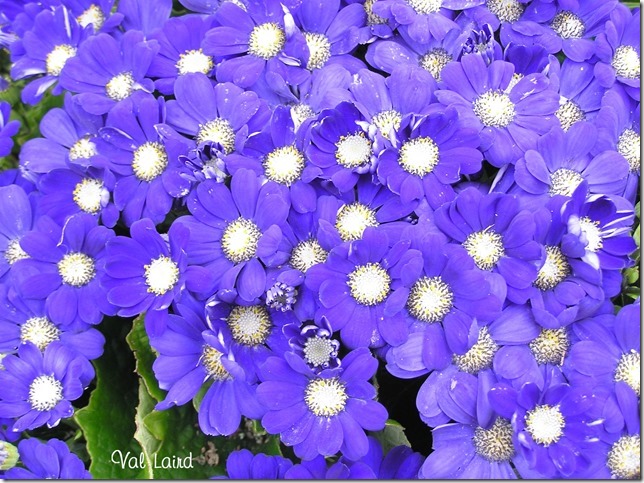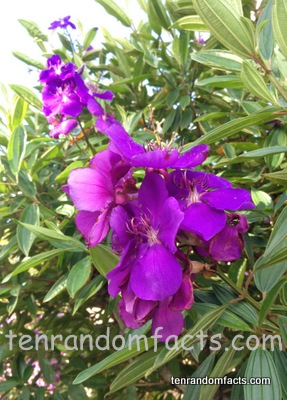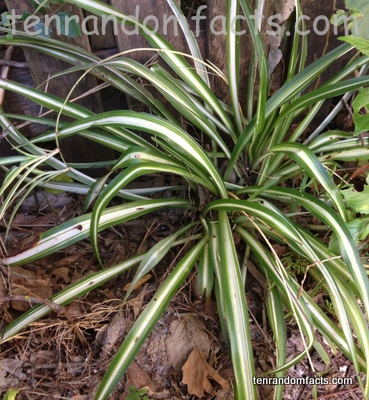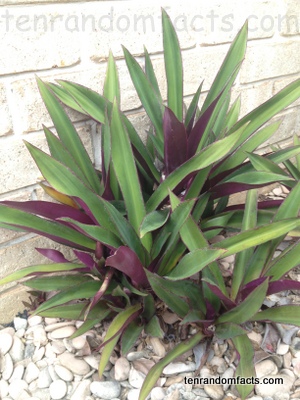
It’s actually a flowering plant.
- Moses-in-the-cradle is a plant from the family Commelinaceae, which is the family of day flowers, wandering jew and spiderworts.
- Moses-in-the-cradle is a perennial clumping plant native to southern Mexico, and Central America, and grows to approximately 30 cm (11.8 inches).
- Moses-in-the-cradle’s scientific name was originally Rhoeo discolour, then Rhoeo spathacea and it is now Tradescantia spathacea.
- Moses-in-the-cradle’s scientific name is named after John Tradescant senior and junior who were plant importers and collectors in the 16th and 17th centuries.
- Moses-in-the-cradle is also known by many other names, including ‘boat lily’; ‘cradle lily’, ‘oyster plant’ and other variations of ‘Moses-in-the-cradle’.
- Moses-in-the-cradle plants have attractive dark green leaves, with a purple underside, and are generally grown for their foliage.
- Moses-in-the-cradle plants can be easily grown from cuttings, seeds or discarded or damaged plants, and are very hardy, although they don’t like frost.
- Moses-in-the-cradle plants can self pollinate, and they develop small, white, three petalled flowers that open out of purple boat or cradle shaped bracts, at any time of the year, hence the name ‘Moses-in-the-cradle’.
- Moses-in-the-cradle plants have been introduced in many parts of the world, and they have become an invasive pest in many areas, including Florida, United States and some parts of Australia, as they can grow almost anywhere and can even be found growing on walls.
- The sap of Moses-in-the-cradle plants can cause stinging and will burn one’s mouth and throat if any of the plant is consumed.






